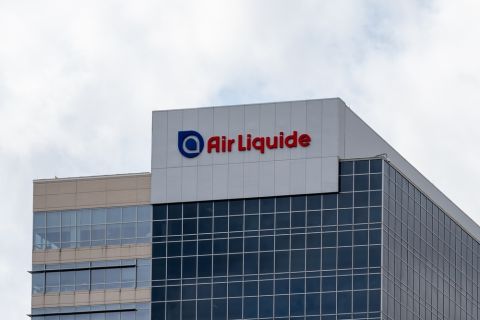Most North Sea oil and gas fields can make money at $30 per barrel, but stakeholders in the fields that have to be shut in the current price rout are set to face a huge bill for removing facilities like platforms and subsea infrastructure, Wood Mackenzie said.
The North Sea between Britain and Norway, home of the Brent crude stream that underpins global oil prices, is one of the world’s oldest and most expensive oil basins.
Crude oil prices have posted four straight weeks of losses and dropped more than 60% since the start of the year.
Oil and gas producers across the globe are slashing budgets.
Last week, Britain’s oil and gas sector called on the government to help it survive, as the oil price crash triggered the first field shutdowns.
“In the short term, the North Sea can survive. Cost reductions achieved during the last downturn mean 95% of onstream production is ‘in the money’ at $30 a barrel,” Wood Mackenzie North Sea upstream analyst Neivan Boroujerdi said.
“But close to a quarter of fields will run at a loss in this price environment. The major concern here is not volumes. Early shut-ins would accelerate $20 billion in decommissioning spend.”
If oil and gas companies cannot pay for decommissioning, taxpayers may ultimately be liable.
With oil service companies, which provide physical assets, engineering and staffing services to producers, already squeezed since the last oil price slump in 2016, most savings are likely to come from cutting future development, rather than current operations.
“Annual investment in the UK could fall below $1 billion as early as 2024. The threat of stranded assets is real—we estimate nearly 6 billion barrels... could be left in the ground,” Woodmac said.
Recommended Reading
CAPP Forecasts $40.6B in Canadian Upstream Capex in 2024
2024-02-27 - The number is slightly over the estimated 2023 capex spend; CAPP cites uncertain emissions policy as a factor in investment decisions.
Majority of Recent CO2 Emissions Linked to 57 Producers - Report
2024-04-03 - The world's top three CO2-emitting companies in the period were state-owned oil firm Saudi Aramco, Russia's state-owned energy giant Gazprom and state-owned producer Coal India, the report said.
Air Liquide to Add CO2 Recycling at Plant in Germany
2024-02-08 - In a supply agreement, Air Liquide and Dow plan to add a new CO2 recycling solution to two air separation units and one partial oxidation plant.
1 Fatality in Equinor Helicopter Training Accident Offshore Norway
2024-02-29 - Equinor employee died following the helicopter accident, the cause of which has not been reported.
Equinor Resumes Helicopter Flights on NCS Following Fatal Accident
2024-03-01 - Operator also announced it is expanding its helicopter fleet by 15 through contracts with Bell and Leonardo, with the first two helicopters slated for delivery in about a year.




